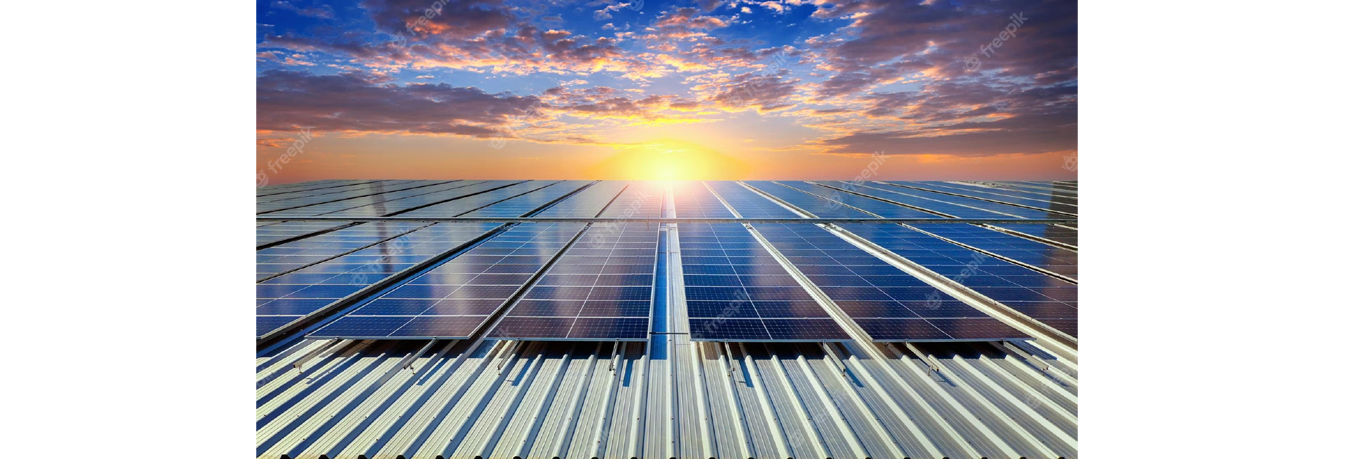
The concept of utilizing renewable energy sources to power residential homes is gaining popularity among individuals. This approach not only aids in reducing their carbon footprint but also offers a financially feasible long-term solution. Additionally, many homeowners have expressed their inclination toward lessening their reliance on conventional power grids.
If you are contemplating investing in solar panels, it is imperative to comprehend their functionality. A frequently asked question is whether solar panels require direct sunlight to operate. The answer is affirmative; solar panels necessitate direct sunlight to generate electricity. Nonetheless, they can also generate electricity from indirect sunlight and even on overcast days, albeit to a lesser extent. This is encouraging news for individuals residing in areas with substantial cloud coverage or shade from trees.
To understand how solar panels work, it is important to know if they require direct sunlight. The answer is yes, solar panels need direct sunlight to generate electricity. However, they can still generate electricity from indirect sunlight or on cloudy days, although it may not be as efficient. This is great news for people who live in areas with lots of clouds or shade from trees.
In addition, we can explore why direct sunlight is important for Solar Panel Efficiency, what types of light sources are most effective for solar energy, and strategies to maximize the use of available sunlight regardless of the weather conditions.
Table of contents:
How Much Direct Sunlight Do Solar Panels Need
Solar panels can generate electricity without direct sunlight. Photovoltaic cells, which are the building blocks of solar panels, use photons or particles of light to produce electricity, meaning that they are still capable of generating power even on overcast days. While the amount of electricity generated on a cloudy day may be lower than on a sunny day, solar panels can still be a reliable source of energy in areas with limited sunlight.
Solar panels require a certain amount of direct sunlight to generate the maximum amount of electricity. Ideally, it is recommended that solar panels receive at least four hours of direct sunlight every day to recharge their batteries fully. However, it is important to note that the optimal amount of sunlight required can vary depending on several factors, such as the size and type of panel you have installed, your location, and weather conditions.
When it comes to installation, there are several options available to ensure that your solar panels receive the necessary amount of sunlight. Some locations may be shaded in the morning but receive direct sunlight in the afternoon, while others may be the opposite. Both situations can work well for solar panels, depending on the panels specifications. It is also important to consider the angle and orientation of the panels when installing them to maximize their exposure to sunlight.
In addition to the different installation options available, some solar arrays are designed to follow the suns movement throughout the day. These arrays are called tracking systems and are capable of adjusting the angle of the panels to maximize exposure to sunlight. However, tracking systems are a more expensive investment than traditional fixed arrays.
It is also worth noting that some models of solar panels are designed to function efficiently with less sunlight than four hours daily. However, it is important to check the specifications of the panel to determine the optimal amount of sunlight required for maximum efficiency. As long as your panels have access to some form of natural light, they should be able to operate effectively and provide your home with renewable energy.
Can Solar Panels Charge Without Direct Sunlight
Solar panels possess the capability to generate electricity even in the absence of direct sunlight. This attribute is attributed to the photovoltaic (PV) cells within the solar panels that can convert photons into electricity regardless of the type of sunlight. As a result, solar panels can still produce electricity on cloudy days or when partially shaded. Although the energy output in such conditions may be lower than that generated by direct sunlight, it still presents a viable option for installations in areas with limited sunlight.
This breakthrough technology has expanded the range of locations suitable for solar panel installation, including those with partial shade or indirect sunlight. This advancement has enabled more individuals and businesses to take advantage of the benefits of solar energy, thereby decreasing their reliance on non-renewable energy sources.
HOW SHADING OF ONE SOLAR PANEL AFFECTS THE PERFORMANCE OF THE SYTEMS
It is important to note that shading on one solar panel can significantly lower the performance of the entire system, as the shaded panel will not be able to produce as much energy as an unshaded panel. In residential and RV solar installations, various types of inverters can be used, and the choice of inverter can affect how well the system performs when one or more panels are shaded.
String Inverters
String inverters represent the most commonly employed type of inverter in residential solar installations due to their cost-effectiveness relative to other available options. Typically located at the center of the system, such as within a garage, they receive all the DC electricity generated by the solar panels before inverting it into AC. String inverters prove most effective in solar systems that receive ample direct sunlight, and where panels are mounted in a large grouping, such as on a south-facing roof. Ensuring that all panels perform at similar levels is crucial, as the total energy output of the system is based on the lowest-performing panel. In situations where panels may not perform uniformly, a workaround is to incorporate an optimizer to balance the DC load before conversion.
Microinverters
Microinverters are a type of inverter that is affixed to each solar panel, as the term implies. Rather than acquiring a single, large unit, one must obtain several smaller units.
This particular system offers numerous advantages for a variety of reasons:
●Microinverters offer the advantage of isolating failures. If one goes down, it does not affect the system as a whole, unlike traditional inverters.
●Another advantage of using microinverters is that they can handle indirect or varying sunlight or shaded panels. As each panel has its inverter, the performance of one panel has minimal impact on the performance of the entire system. This is different from traditional inverters, where the performance of the entire system can be affected by the performance of a single panel.
●If you plan on adding more solar panels in the future, using microinverters is a better option. As each panel has its inverter, it is easier to expand the system by simply adding more panels and micro inverters as needed. This is different from traditional inverters, where expanding the system can be more complicated and require a larger, more expensive inverter to accommodate the additional panels.
●Microinverters provide module-level monitoring for greater control and efficiency of individual panels, unlike traditional inverters.
Microinverters are more dependable than string inverters because they do all of the inverting directly at the source. This allows for greater control and monitoring of each panels efficiency, resulting in a more efficient and reliable solar panel system overall. This is different from string inverters, where the inverting is done at a central location, making it more difficult to identify and address issues with individual panels.
Is Direct Sunlight Necessary For Solar Panels To Function Properly
Although solar panels depend on direct sunlight to perform optimally, they can still generate power from indirect light sources, such as clouds and shades. This makes them a reliable source of renewable energy, even on overcast days or when partially shaded by trees or buildings. However, it is crucial to take these challenges into account when designing a solar panel system, to ensure that it can function efficiently under different lighting conditions.
Renogy is the go-to destination for anyone looking for top-quality solar panels and power inverters. Whether you are planning a camping trip or building a solar system for your home, Renogy has a wide range of products to meet your needs. Their solar panels are designed to perform optimally even in low-light conditions, making them a reliable source of renewable energy. In addition, their power inverters are some of the most efficient in the industry, ensuring that you get the most out of your solar system. With Renogys helpful website resources and expert support, building your solar system has never been easier. Start your journey towards cleaner, greener energy with Renogy today.



